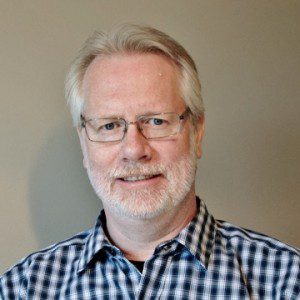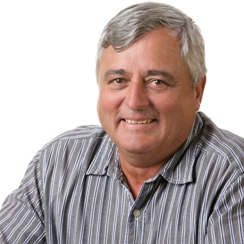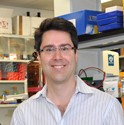Read an Op-Ed signed by the Presidents of CAN, Katalin Toth, and of the Canadian Society for Molecular Biosciences, Tarik Moroy, this morning in Le Devoir. Scientific research is important for all Canadians – it is how Canada can face the issues and challenges we face today. Political leaders should commit to supporting science today.
Read our op-ed here (in French):
https://www.ledevoir.com/opinion/idees/564375/la-science-n-est-pas-un-enjeu-electoral-mais-elle-devrait-l-etre
Category: News
The Liberal Party answers CAN’s questions about science support
We have received a response from the Liberal Party of Canada to our five questions about science support.
- Is your Party committed to fully implementing the report of the Fundamental Science Review (Naylor report) with additional financial investment into open competitions to maintain Canada as a forefront leader in research innovation and research discoveries?
Our Liberal government believes in evidence-based policy and in science and in the Canadians behind the next big ideas. After a decade of setbacks and cuts to science under the Harper Conservatives, our government is rebuilding Canadian research and supporting our country’s greatest minds. We unmuzzled our scientists, brought back the long-form census, and re-instated the position of the Chief Science Advisor. Continue reading
Congratulations to Charles Bourque, named fellow of the Canadian Academy of Health Sciences

Congratulations to CAN Vice-President Charles Bourque on his recent induction as fellow of the Canadian Academy of Health Sciences. Induction into the CAHS as a Fellow is considered one of the highest honours within Canada’s academic community. Continue reading
New Calgary school named for world-renowned scientist Dr. Freda Miller

The Calgary Board of Education has announced a new elementary school being built in the community of Evergreen wil be named the Dr. Freda Miller School. The school is expected to open in September 2020. Dr. Freda Miller’s name was chosen as she is a world-renowned scientist, whose seminal scientific discoveries have led to new therapic avenue to repair injured brains and skin using stem cells. Dr. Miller also maintains strong ties to Calgary, which is home to most of her family: she is an alumna of the Calgary public school system, of the University of Calgary, and lives part-time in Canmore. Continue reading
In Memoriam – Michael Poulter

Michael Poulter, a Professor/Principal Investigator with the Department of Physiology and Pharmacology and Robarts Research Institute – Department of Molecular Medicine, died on August 10, 2019 at the age of 60. Continue reading
Bridging the Gap between Animal Studies and New Treatments for Chronic Pain Sufferers

Carleton University’s Mike Hildebrand and his partners are publishing new research into managing chronic pain. The lack of effective treatments has created a major health crisis affecting one in five Canadians. Continue reading
Can gut infection trigger Parkinson’s disease?

A new study by Montreal scientists published today in Nature demonstrates that a gut infection can lead to a pathology resembling Parkinson’s disease (PD) in a mouse model lacking a gene linked to the human disease. Continue reading
Call for nominations for the 2020 Brain Prize now open
The world’s largest brain research prize is Danish and is awarded by the Lundbeck Foundation. Each year, the Lundbeck Foundation awards 10 million DKK (approx. 1,3 million €) to one or more brain researchers who have had a ground-breaking impact on brain research. The prize and associated activities are at the very forefront of the Lundbeck Foundation’s ambitions to make Denmark the world’s leading brain research nation. The Brain Prize is an international prize and can be awarded to researchers from all over the world. Continue reading
The GPS of neurons now better understood with an IRCM study published in Neuron

Our nerves consist of small cables responsible for circulating information to every part of our body, allowing us, for instance, to move. These cables are actually cells called neurons with long extensions named axons. Continue reading
How a small worm helped unravel a big mystery in rare disease – SickKids researchers discover the important role of zinc in CCM disease

Cerebral cavernous malformations (CCM) is a rare disease that causes anomalies in tiny capillaries that transport blood throughout the brain. The disease manifests as irregularities that resemble raspberries, most often in the brain, that can lead to hemorrhage, stroke and seizures in afflicted individuals. The disease involves defects in one of three CCM genes (CCM1, CCM2, or CCM3) and affects nearly one in six thousand people. Currently, there is no clinically approved therapy to treat this disease; patients rely on invasive brain surgery for treatment, but some extreme forms cannot be treated surgically. Continue reading





